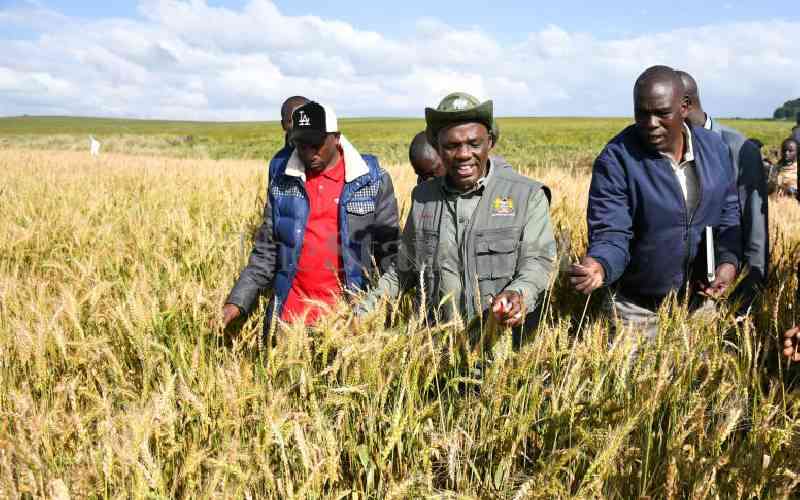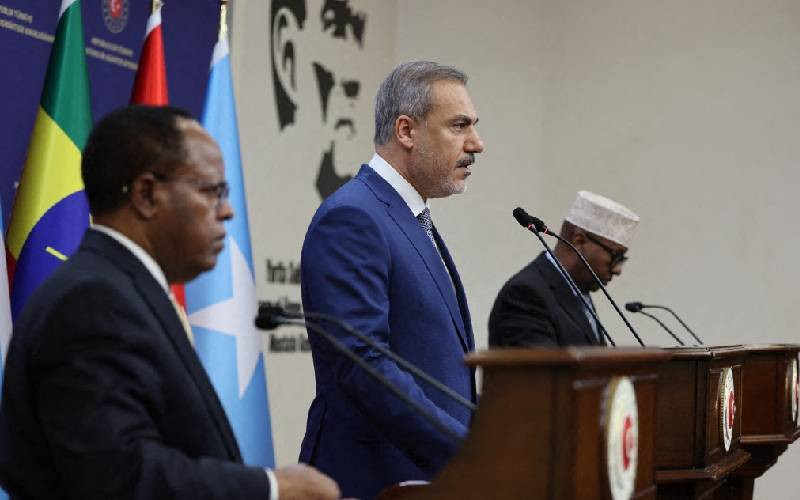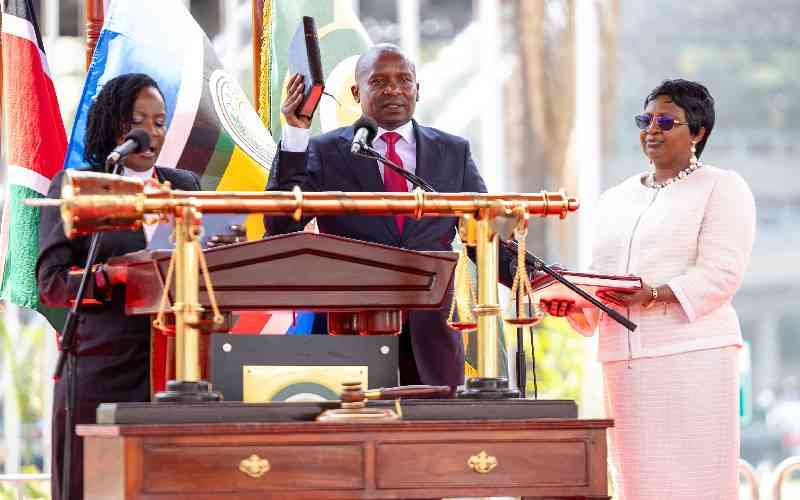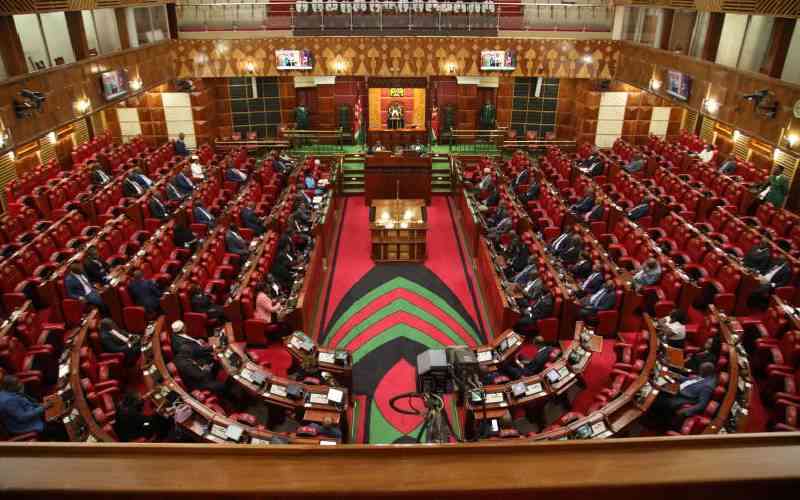A recent deal between a global technology giant and the Common Market for Eastern and Southern Africa (Comesa) is a boon for Kenya. The company, mPedigree, will enable farmers verify if their agricultural inputs and crop protection products are genuine using mobile phones, even without internet access.
The agtech will help eliminate fake inputs like seeds and fertiliser, which have been blamed for poor crop yield in the region, contributing to food insecurity. The partnership will also stimulate trade between the 21 Comesa member states.
Which brings to mind recent allegations of corruption in the agriculture sector, which the Director of Public Prosecution assures are on his radar. Ensuring high quality seeds free from harmful substance is essential to achieving Vision 2030 and the Big Four Agenda, which count food security and nutrition among its priorities. Why is this important to our national development?
Agriculture is the foundation for every industry, and the main source of livelihood for a significant portion of the population. But Kenyans are still facing food insecurity, which means many don’t have access to enough nutritious, wholesome food to meet daily dietary needs necessary for a healthy lifestyle. Many Kenyans are relying on food aid, or simply not getting enough nutritious food, as a result of seed quality being downgraded by corrupt commercial agriculturists and not using modern agricultural methods.
The agriculture sector accounts directly for a quarter of our nation’s GDP, and indirectly for another quarter, through manufacturing and distribution. More than half of the population is employed in the agriculture sector, and that number rises to a whopping 80 per cent in rural areas. The sector is also responsible for three quarters of industrial raw materials and half of the government’s earnings from exports.
Yet, Kenya’s agriculture sector is still one of the least profitable. This is why President Uhuru Kenyatta’s move to implement the Agricultural Sector Transformation and Growth Strategy 2019-2029 is laudable.
The plan calls for establishment of a combination of state-owned and predominantly private owned new farm enterprises, with the ultimate goal being to set up 500,000 acres of new farm land. One-million farmers, pastoralists and fishermen across the country will be split into 40 zones made up of 1,000 small and medium size farms and agriculture-related enterprises that will gain government advice and equipment throughout the entire harvesting process. The plan also aims to hire approximately 3,000 youths as extension workers trained in data-driven research.
Paying attention to and training the youth in modern agricultural methods is essential to the success of agricultural initiatives. World Bank data shows that 83 per cent of Kenyan land is arid or semi-arid, but only two-percent of arable land is under irrigation. We are dealing with famine due to low rainfall, but global technology that deals with this already exists. Hydroponic and drip irrigation technology, in dry countries like Israel, is not being used enough by local farmers.
The government and the president have already shown that they are serious about boosting the effect of agriculture on the economy and eliminating food insecurity.
Ultimately, this will include a programme to train the next generation of farmers in technology that reduces vulnerability to drought. Following the agreement with mPedigree, seeds and fertilisers will from now on be free of harmful diluters and chemicals. With the right support, education and funding, farmers will have a huge role in development.
- The writer is a banker
 The Standard Group Plc is a
multi-media organization with investments in media platforms spanning newspaper
print operations, television, radio broadcasting, digital and online services. The
Standard Group is recognized as a leading multi-media house in Kenya with a key
influence in matters of national and international interest.
The Standard Group Plc is a
multi-media organization with investments in media platforms spanning newspaper
print operations, television, radio broadcasting, digital and online services. The
Standard Group is recognized as a leading multi-media house in Kenya with a key
influence in matters of national and international interest.
 The Standard Group Plc is a
multi-media organization with investments in media platforms spanning newspaper
print operations, television, radio broadcasting, digital and online services. The
Standard Group is recognized as a leading multi-media house in Kenya with a key
influence in matters of national and international interest.
The Standard Group Plc is a
multi-media organization with investments in media platforms spanning newspaper
print operations, television, radio broadcasting, digital and online services. The
Standard Group is recognized as a leading multi-media house in Kenya with a key
influence in matters of national and international interest.








